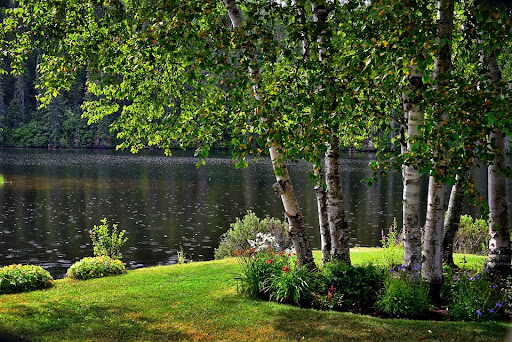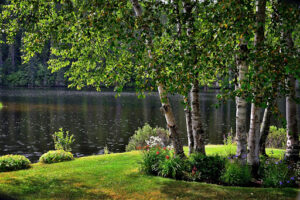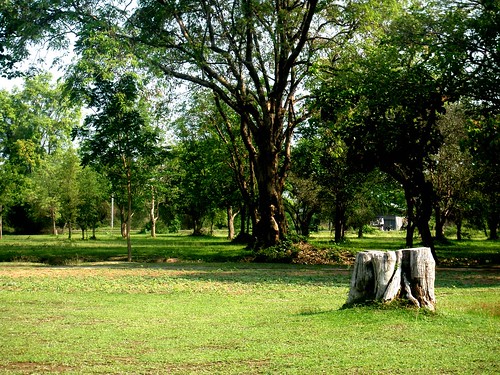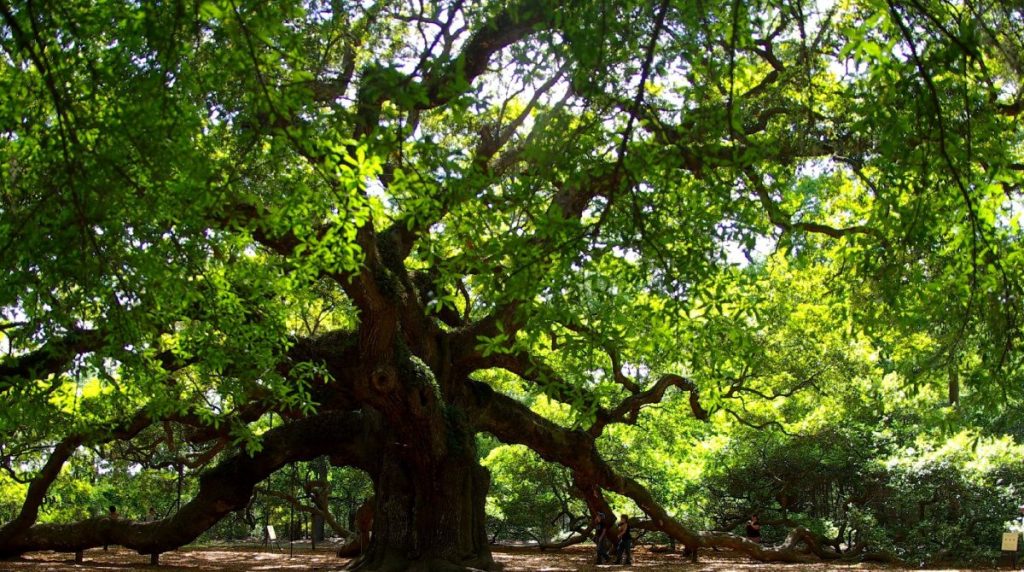
Monoecious vs Dioecious Trees
Date March 13, 2023
When discussing the reproduction capabilities of trees and plants, many horticulturists use the terms “monoecious” and “dioecious”. These two words describe the reproductive behavior of trees, and homeowners who don’t know the difference can experience unwanted issues later on. Knowing the difference between monoecious vs. dioecious trees can help homeowners decide what types of trees to plant.
What Are Monoecious Trees?
Image via Pixabay by AlainAudet
People familiar with the Greek alphabet likely already know part of the word “monoecious” since “mono” means one. This means that these trees have separate male and female flowers, but they’re found on the same tree. Since they have both types of flowers, monoecious trees don’t need another pollinator to reproduce and can seed on their own. They often produce profuse, light pollen and rely on wind to pollinate. The male and female flowers are usually segregated, with the female flowers on top. The reason for this is to prevent self-pollination when the wind blows.
Most trees fall under this category, and a few examples of monoecious trees include the following:
- Birch
- Fruit
- Oak
- Pine
What Are Dioecious Trees?
In the Greek alphabet, “di” means two. For dioecious trees, each tree is either male or female so they rely on another tree with a flower of the opposite sex to pollinate. Male trees produce pollen, while female trees produce fruit or seeds. Just like monoecious trees, dioecious trees also rely on wind to pollinate. Male trees tend to grow faster and live longer compared to female trees since male trees use less energy to produce seeds rather than seeds and fruit. While dioecious trees aren’t as common, a few of them include the following:
- Chinese Pistache
- Ginko
- Eastern redcedar
- Cottonwood
How Can Homeowners Tell the Difference?
Quality garden centers label their dioecious trees so customers know if they’re purchasing a male or female plant. However, it can be quite difficult for homeowners to tell the difference between monoecious and dioecious trees, especially since they tend to not show their gender until they’re sexually mature and begin to flower. According to the University of Georgia’s College of Agriculture and Environmental Sciences, sexual maturity in certain trees can take up to 50 years to occur. For instance, some hardwood trees tend to generate male flowers first, eventually generating female flowers. The opposite pattern occurs in young conifers.
Luckily there are a few distinguishing features that can make it easier. Male flowers have a stamen that contains pollen and looks like it has small filaments, while female flowers have a pistil to receive the pollen. Also, if homeowners have allergies to pollen and begin sneezing around a particular tree, that tree is likely a male since only male flowers produce pollen.
Homeowners in the Dallas Fort Worth area who have questions or concerns about monoecious and dioecious trees can get answers from the ISA-certified arborists who work at TreeNewal. Our highly trained arborists have provided tree maintenance to the area for 15 years, so they know the best trees to grow and thrive in the area. Reach out to TreeNewal today to learn more about our services.









